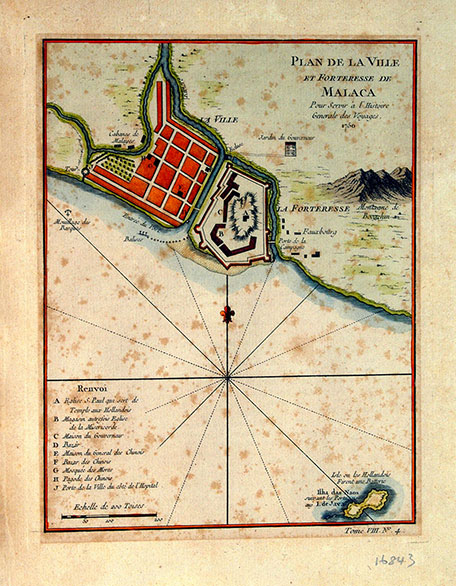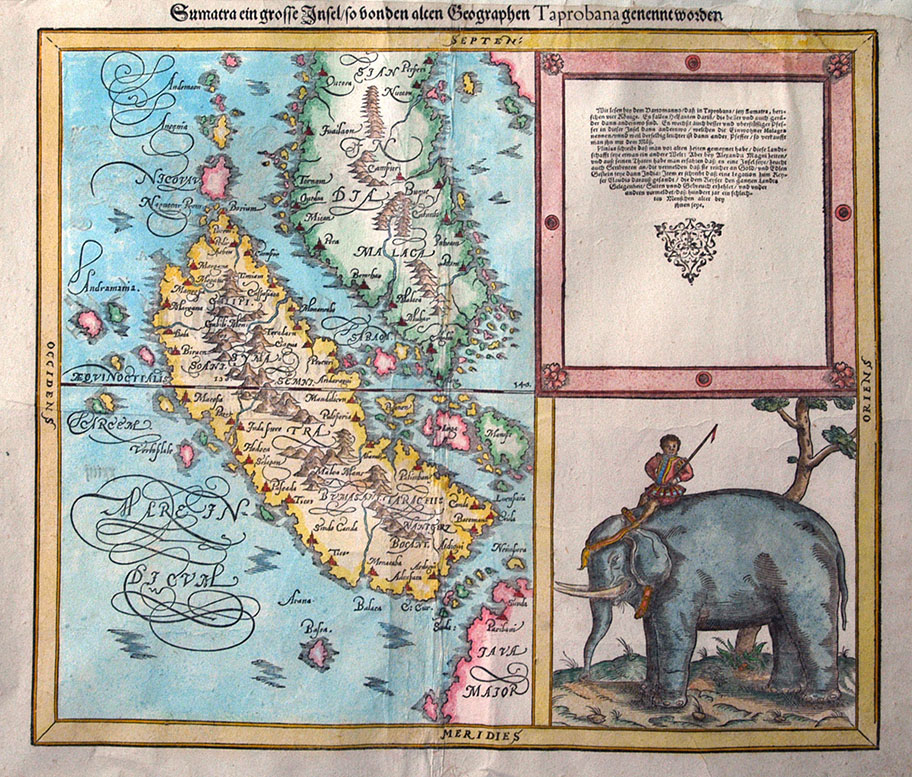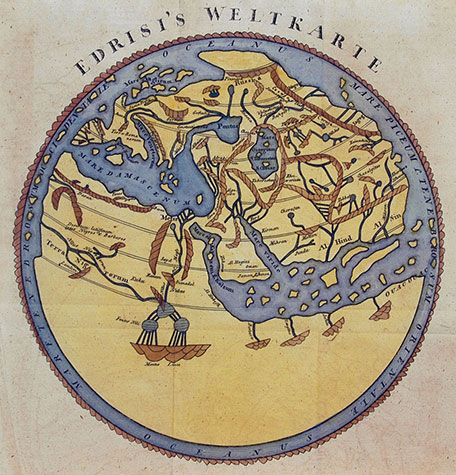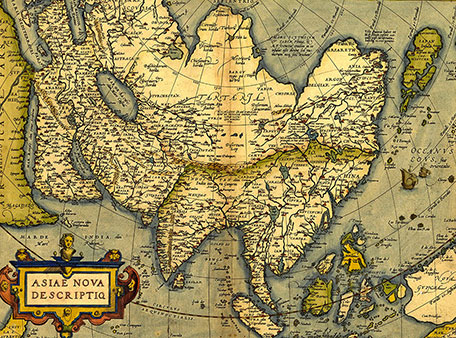Where’s Malaysia? Exhibition
As the nation celebrates its 50th anniversary, ‘Where’s Malaysia?’ shows the changing ways of mapping the two halves of the nation, brought together in 1963. The maps in the exhibition cover a wide range, illustrating not only how the rest of the world regarded the land that would later become Malaysia, but also how Malaysia has seen itself over the past 50 years.
Just as the children’s cartoon ‘Where’s Wally?’ encourages viewers to spot the young man with the red and white stripes, this exhibition shows how difficult it can be to identify the Malay Peninsula and Borneo.
Join us to unearth Malaysia’s cartographical past and the tools that go with it.
‘Where’s Malaysia?’ exhibition
L2, Bank Negara Malaysia Museum & Art Gallery
Monday – Sunday, 10am – 6pm
Free Admission






